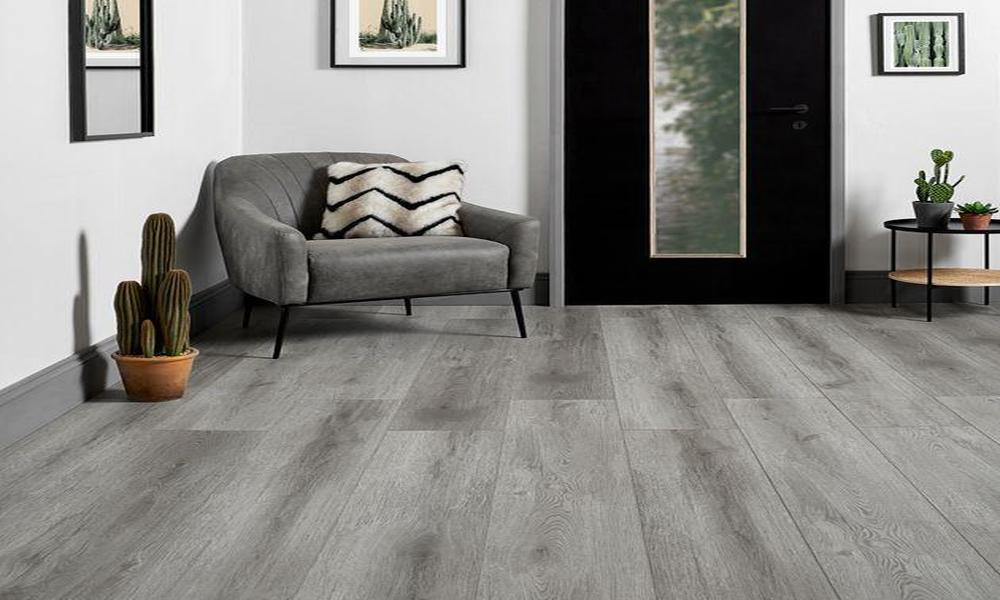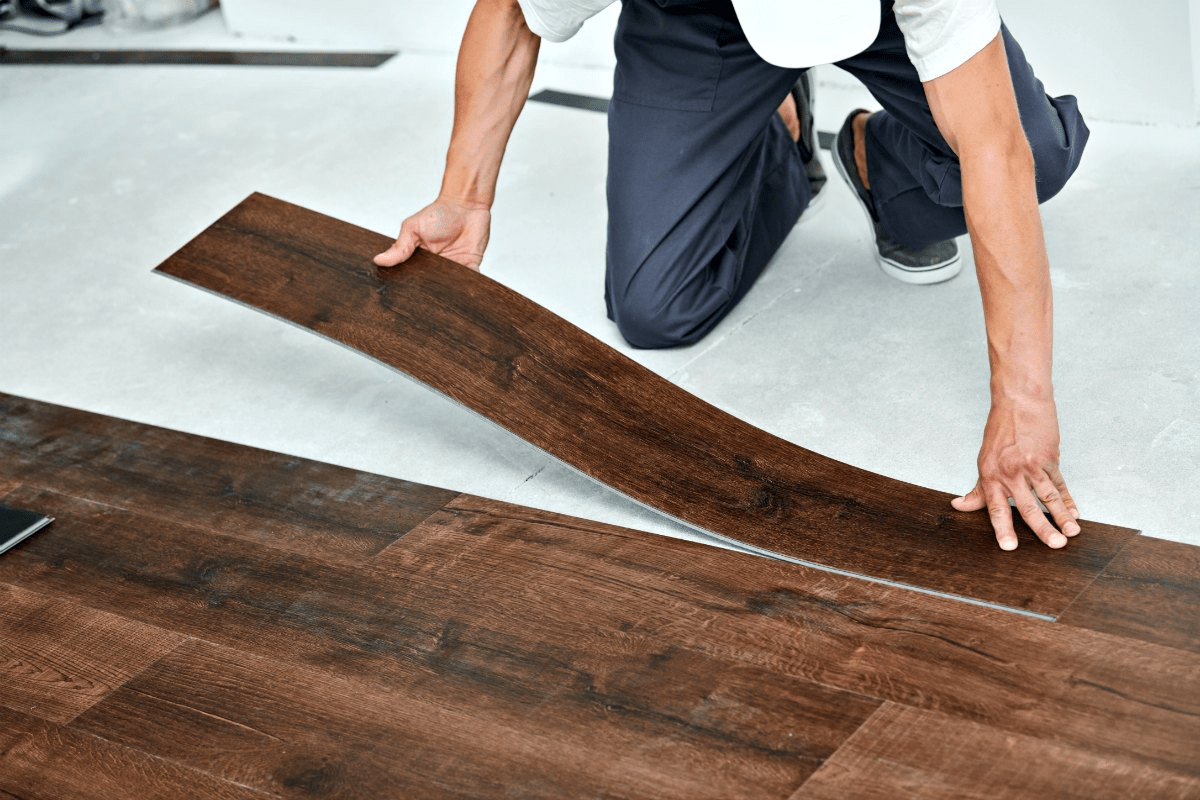SPC flooring, also known as Stone Plastic Composite flooring, has been gaining popularity in recent years. It’s a type of rigid core luxury vinyl flooring that offers superior durability, water resistance, and ease of maintenance. But what exactly sets SPC flooring apart from other flooring options? Let’s take a closer look.
One of the main reasons why homeowners love SPC flooring is its durability. The top layer of SPC flooring is made of a high-quality wear layer that is scratch-resistant, making it ideal for high-traffic areas. The core layer is made of stone plastic composite, which is more stable and dense than traditional vinyl flooring, preventing it from expanding or contracting due to changes in temperature or humidity.
Another benefit of SPC flooring is its water resistance. This makes it perfect for use in bathrooms, kitchens, and laundry rooms, where spills and moisture are common. Unlike other flooring options, SPC flooring will not warp, buckle, or swell when exposed to water, making it a great option for areas that are prone to moisture.
Can SPC Flooring Mimic the Look of Hardwood or Tile Flooring?
One of the most attractive features of SPC flooring is its ability to mimic the look of hardwood or tile flooring. Thanks to modern printing and embossing techniques, SPC flooring can be made to look like virtually any type of flooring, from distressed hardwood to polished marble. But can it fool the eye?
The answer is yes! Many homeowners are amazed at how realistic SPC flooring looks. The top layer of SPC flooring is printed with a high-quality image of the desired flooring type and then embossed to create a texture that mimics the feel of the real thing. This creates a floor that looks and feels just like the real thing but without the cost or maintenance headaches.
Another benefit of SPC flooring’s ability to mimic other flooring types is that it allows homeowners to achieve the look they want without sacrificing durability or water resistance. For example, someone who loves the look of hardwood but lives in a humid climate may be hesitant to install real hardwood due to the risk of warping or buckling. SPC flooring allows them to achieve the look of hardwood without worry.
How easy is it to Install SPC Flooring?
If you’re considering installing SPC flooring in your home, one of your biggest questions may be about the installation process. How difficult is it to install SPC flooring, and is it something you can do yourself?
The good news is that SPC flooring is one of the easiest types of flooring to install. Thanks to its click-lock system, SPC flooring can be installed quickly and easily without the need for glue or special tools. This means that even someone with minimal DIY experience can tackle the job themselves.
Before you begin the installation, you’ll want to make sure your subfloor is clean, level, and free of any debris or bumps. You’ll also need to acclimate your flooring to the room for at least 48 hours to allow it to adjust to the room’s temperature and humidity. Once you’ve done that, it’s simply a matter of snapping the planks together and cutting them to fit around obstacles like door frames or cabinets.





